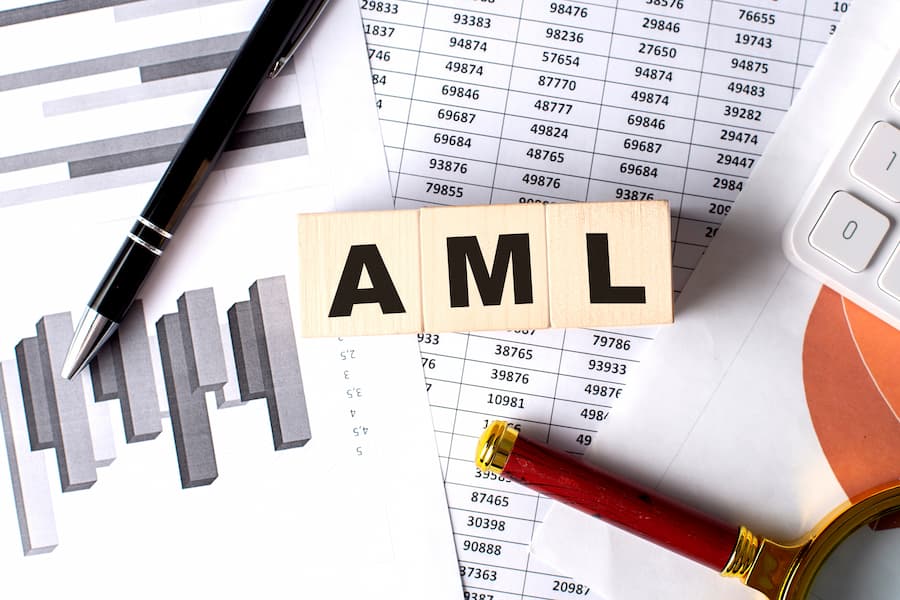The adoption of Unique Property Reference Numbers (UPRNs) presents an opportunity to simplify and speed up the conveyancing process, according to Geodesys.
Momentum is steadily growing behind the wider adoption of UPRNs across the property industry. Currently, the main barriers to adoption are awareness and the availability of using the UPRN through a transaction with all parties.
But a Today’s Conveyancer survey of conveyancing practitioners at the end of 2021 identified that awareness across the conveyancing sector was growing, with 65% of respondents suggesting they understood what UPRNs are, and of those, 85% suggested they would be “useful in providing a single point of focus for data on property”.
However, only 11% of respondents suggested they used UPRNs “every time” or “often” in the course of a transaction.
In April, UPRNs were included in the Buying and Selling Property Information (BASPI) protocol, developed by trade bodies from across the home buying sector to support the digitisation of property information and enable the collation of up front information from consumers. A “single source of truth”, the BASPI has been designed to reduce the huge duplication of information collected in the course of a conveyance and bring it into a single space.
Ellie Player, Head of Geodesys, said:
“The idea behind UPRNs is to provide greater certainty around the location of property and uniformity of addressing.
We have incorporated UPRN search into the Geodesys platform for a number of years, alongside postcode and address look up. The Geodesys system works by linking a UPRN to a title number so you have the benefit of either because of how we match them up.
It’s another step in supporting the industry wide adoption of UPRNs which we believe will bring huge benefit throughout the conveyancing process”.
Property portal Zoopla has announced it is heavily investing in UPRNs at a recent conference. It believes that, by improving data quality around the home buying process, it is possible to reduce fall-throughs and speed up conveyancing.
Ellie added that, from a search point of view, UPRNs will also provide greater surety of location:
“How many times have you had to provide more information about a parcel of land or check the plan to ensure you’ve included the full boundary of the property?
UPRNs will map out property locations, including any additional parcels, and ensure the search covers the full outline of the property.”
There is a risk that wider adoption will become a catch-22 situation. The results of the Today’s Conveyancer survey show that wider adoption amongst property lawyers will be dependent on a demonstrable improvement in the conveyancing process, something only achievable if each side of the transaction is using UPRNs.
Indeed, a number of comments from the survey indicate that UPRNs confuse the issue, with some respondents indicating that title numbers are, in effect, unique. Ellie said:
“Title numbers are unique to the conveyancing process. UPRNs are designed to help capture data beyond the home moving process, such as emergency response, HMRC and other govt departments, and have the potential to build a ‘property passport’ or ‘property logbook’ as an immutable single source of truth to tie property data to.
We must, as an industry, embrace adoption to be an enabler in the digitisation of property data, rather than risk holding back progress and missing this critical opportunity to improve home ownership.”





















2 Responses
UPRN information can be dangerously misleading about the boundaries of a property. I co-own two properties that are next to each other, one of which is let out. We installed some additional fencing in the property that is let out to give us access to an outbuilding, reducing the size of the usable garden to the let property. However, this temporarily fenced off area does not represent the official boundaries of each property as shown in the title register, yet the UPRN data shows the reduced garden area of the let property as if it was the official boundary (presumably because it is based on satellite images.) Land Registry have also admitted that UPRN data cannot be relied on. UPRN data will not help to provide a “single source of truth” when the source of the data itself has flaws.
Hi David. I’m not sure what data you’re looking at – is the UPRN being combined with something else perhaps? UPRNs are point data so do not, in themselves, hold any information about the boundaries of a property.